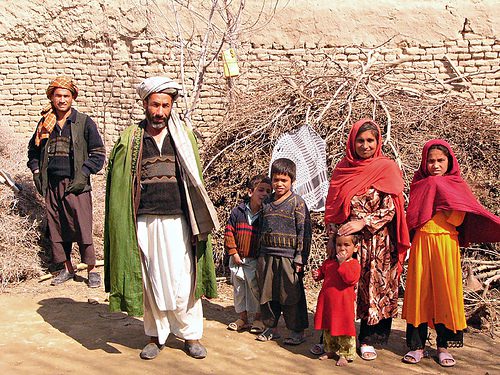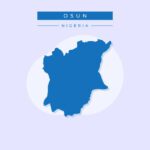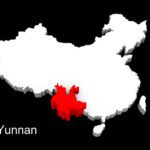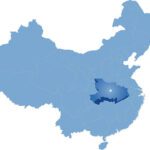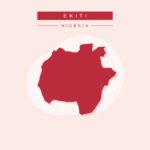The Center for the Scientific Study of Families reports are designed to provide relevant information about the conditional state of families in a specified context. The report provides information such as population, culture, family structure, and family life.
Family reports are an important tool for improving the lives of families. By providing information about the family’s conditional state and context, family reports can help improve communication between families and service providers and lead to better outcomes for families and children.
Introducing Balkh, Afghanistan
Balkh, a historical city situated in the northern region of Afghanistan, is positioned on a vast plain that lies amidst the Hindu Kush Mountains and the Amu Darya River, which was historically referred to as the Oxus. Balkh, historically, held significant prominence as a global city, serving as a prominent hub for trade, cultural exchange, and intellectual pursuits.
The ancient Bactrians founded the urban area, which was known as Bactra.
The city has given rise to several renowned intellectuals and poets, such as al-Biruni, Abu Ali Sina (Avicenna), and Rumi. Balkh continues to be a significant attraction for both tourists and scholars due to its profound historical background and cultural significance. The urban area is host to various historical landmarks, including the remnants of ancient Bactra, the sacred site of Khwaja Abu Nasr Parsa, and the Balkh Museum.
The present population is estimated at approximately 138,000 individuals. Balkh serves as a prominent hub for agricultural activities, renowned for its cultivation of cotton and the procurement of karakul (Persian lamb) skins.
Cultural and Ethnic Diversity of Badakhshan
Balkh is an ethnically diverse province. Several groups occupy the province of Balkh. A U.S. Naval Postgraduate Studies report noted the following groups:
Uzbeks are a Turkic-speaking group. Some claim they are Genghis Khan’s descendants and emerged in Central Asia in the third century BCE. In the past, they were farmers and herders who raised the karakul sheep and a good type of Turkman horse. Their relatives live in the country of Uzbekistan, which is in the middle of Asia. Their Turkish dialect, Uzbek, is closely related to that of the Uyghur Muslim minority of Xinjiang, China.
Tajiks. The Tajiks are Afghanistan’s second-largest ethnic group, comprising 25–30% of the population. They live primarily in settled communities. The Tajiks are called Farsiwan by Pashtuns because Farsi is Afghanistan’s national language (50% of Afghanistan speaks Farsi, compared to 35% for Pashtu).
Turkmen. Turkmen are a group of people who speak a Sunni Turkic language that is very similar to modern Turkish. Turkmen tribes in Afghanistan, of which there are twelve major groups, are organized according to their male lineage. Members with more experience have a lot of power. Turkmen used to be a nomadic, warlike people who were feared for their lightning raids on caravans. Now, they are farmers and herders who are important to Afghanistan’s economy. They brought karakul sheep to Afghanistan and are well-known for making carpets, which, along with karakul pelts, are important exports that bring in a lot of hard currency. Turkmen jewelry is also very well known and valued.
Hazara. As a minority ethnic and religious group in Afghanistan, they have faced discrimination and violence. The Hazara have physical characteristics distinct from those of the Pashtun majority. In terms of religion, the vast majority of the Hazara are of the Shia Muslim faith, again in contrast to the Pashtuns, who are Sunni Muslims. Hazara, the Afghan underclass, were exploited as servants and laborers. Thus, Hazaras are anti-government and anti-Pashtun.
A 2008 report listed the following tribal and ethnic groups as occupying Balkh:
- Chimtal is multi-ethnic with large Arab and Pashtun populations, and a significant Hazara minority;
- Char Bolaq has mainly Pashtuns and Hazaras, and Turkmens in the north;
- Dawlat Abad is multi-ethnic with Turkmens in majority;
- Marmul is almost exclusively Tajik;
- Char Kent is mainly Tajik and Uzbek, with a Sunni Hazara (Kawshi) minority;
- Zare is mainly Uzbek, Beloch and Hazara
Family Statistics
Family statistics for Badghis are relatively dated, but they are the most reliable data available for the region. As of 2015, the average family household size was 6.5 people. The same sources note that as of 2008, only 8.2% of the population was using improved sanitation facilities, with only 28.8% of the population using improved drinking water sources. As of 2005, the majority of households (59%) reported agriculture (42%), trade and services (34%), and livestock (20%) as sources of household income. Our research on this province was not able to identify any reliable marriage and/or divorce rate data for Balkh.
Conclusion
The families residing in the Balkh province of Afghanistan face a number of challenges, including access to basic services. As time passes, hopefully more reliable and consistent data about families in his province will be made available to better understand their conditional state.

